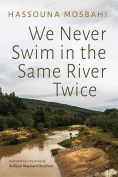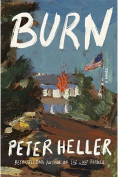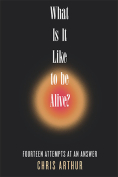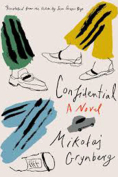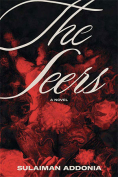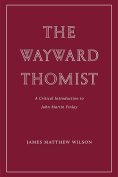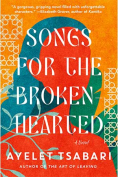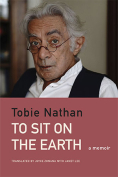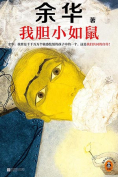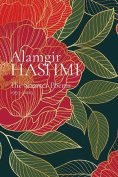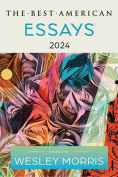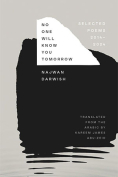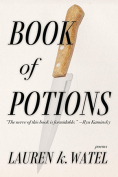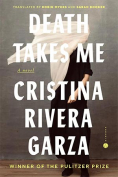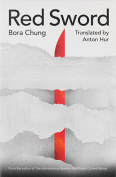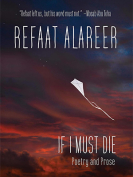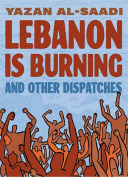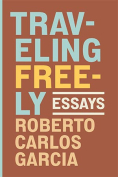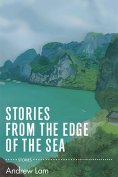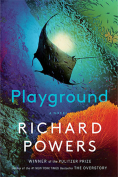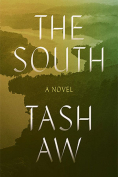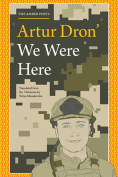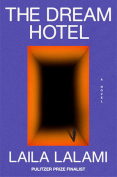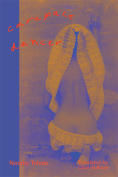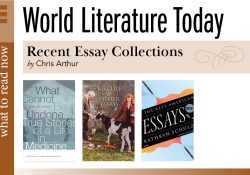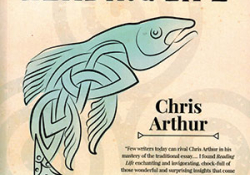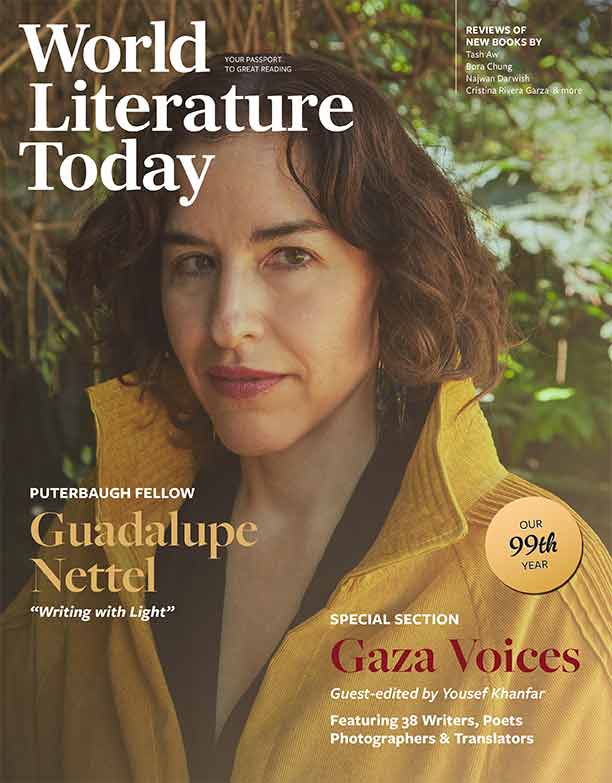What Is It Like to Be Alive? Fourteen Attempts at an Answer by Chris Arthur
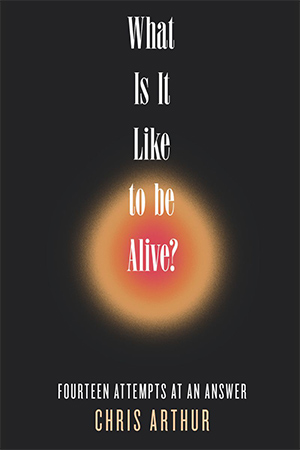
Rochester, Massachusetts. Eastover Press. 2024. 304 pages.
What Is It Like to Be Alive? is the question Chris Arthur ponders in this collection of fourteen seemingly unconnected essays. Taken together, they examine humanity’s connection to art, photography, history, and various ordinary moments, hoping to discern the significance of our existence. Each essay poses a different answer to Arthur’s guiding question, and with each answer follows a sequence of additional questions. Arthur’s collection does not give the reader a singular satisfying answer but instead directs the reader toward their own analysis.
Arthur’s question-dodging is not an act of elusiveness or coy marketing but because there is no definitive answer to his question. Arthur’s essays delve into his exploration of life, from artwork depicting prostitutes in seventeenth-century Japan to goldcrests and ancient Pict burial sites. His essays are primarily centered on the ordinary in our everyday lives and the depth and meaning we can find in our routine existence. “There are many ways,” he writes, “of seeing the same thing.” Arthur acknowledges its blatancy, but he reminds us that it is our perspective that gives the ordinary meaning. His essays center on individualism, and when we consider his question, we must also consider examining what it is like for the individual to be alive in this moment in time, in this geographical location, this culture, as one person among several billion.
Within Arthur’s attempt to answer his question is a reflection on the art of communication through writing and other creative means. In his essay “Caging the Minute,” Arthur reflects on writing as a way to demonstrate his purpose in answering his titular question. He describes writing as “an approximation of the original perfection,” an attribute that can further be applied to art, photography, and other artistic expressions. We can never perfectly capture a moment, but we can find meaning in sharing these moments through various media. This is what connects us as individuals, and perhaps this approximation or imperfection embodies what it is like to be alive.
While there is no ultimate answer to Arthur’s question, his prose is thoughtful and open with its personal anecdotes and self-reflection. The collection reads like Arthur’s personal attempt to understand our existence and presents a guiding philosophy we can apply to our own lives. It implores us to be curious, continually asking questions and searching for answers in life’s ordinary moments.
Kaitlyn Denton
University of Oklahoma

